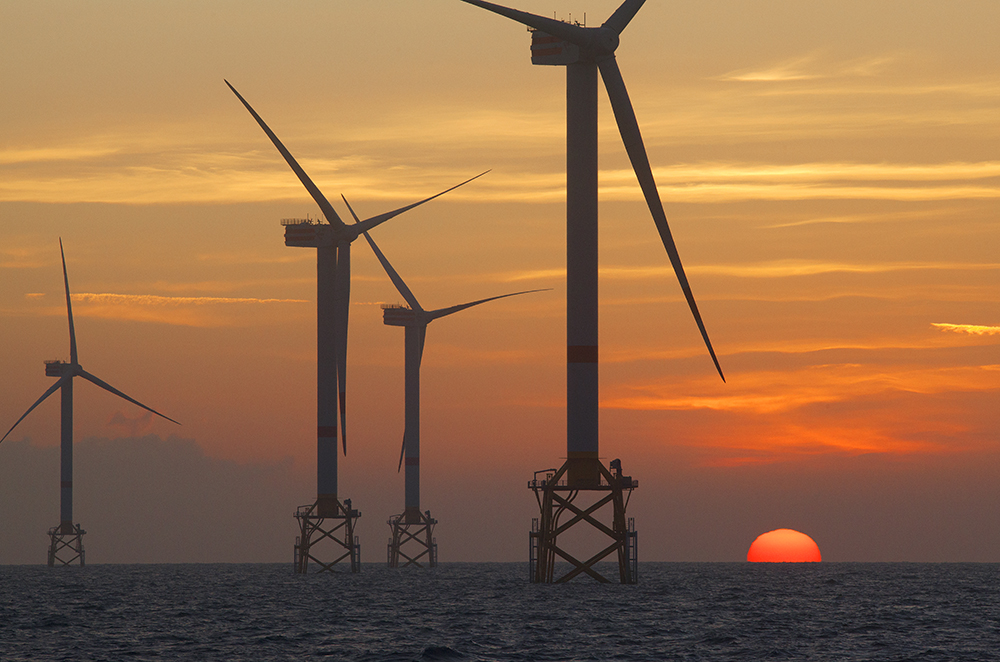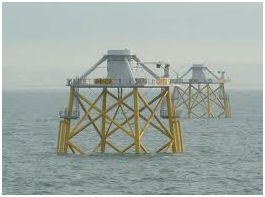





 www.foundocean.com
www.foundocean.comThere are a large numbers of OWTs already constructed and even more to be implemented in the near future which make decommissioning become an increasingly important issue. While current decommissioning plans show the potential for a profit to be made from decommissioning, they are based on assumptions and cannot be fully relied upon. For that reason, the following recommendations can be considered:
 Accurate calculation of costs
Accurate calculation of costs
It will decrease the uncertainty of the project and potential loss of money. It can be achieved by careful planning and management of the project along with more detailed studies in situ, but at present many uncertainties remain which can only be resolved by experience.
 Repowering
Repowering
It is the replacement of first-generation wind turbines with more efficient machines. This improvement in technology makes a better use of the available wind energy so more wind power can be obtained from the same area. By repowering, the full site is not decommissioned but various components are replaced such as the blades and nacelle which would be viewed as more sustainable than complete decommissioning. This option is foreseen as being the most common in future. The drawback of that statement is that modern turbines already work well and it will be hard to make them much more efficient.
 Upgraded turbine size
Upgraded turbine size
As technology improves, the turbine can increase the size, i.e. 5 MW turbines may be replaced with 10 MW to increase the power output of the farm. However, the maximum size of a wind turbine is likely to reach a practical limit of certain physical constraints on their performance. At present they continue to grow in size, but this will not continue indefinitely.